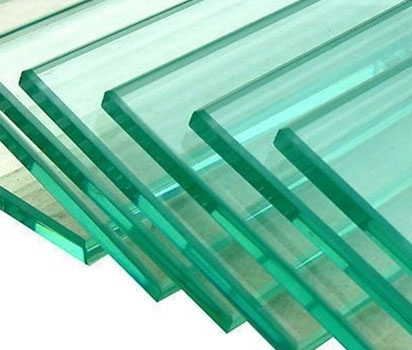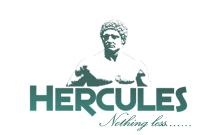Toughened Glass

- Heat-strengthened glass is a heat treated glass which retains the normal properties of ordinary float glass. It is similar to tempered glass except that the cooling is done slower than toughened glass but faster than annealed glass.
- Heat strengthening increases resistance to mechanical and thermal stress up to 130 Degree Celsius Heat-strengthened glass differs from tempered glass in surface compression; its mechanical strength is about 2 times that of annealed glass.
- Compared to annealed glass, Heat-strengthened glass has higher thermal stability. Heat-strengthened glass is 3 times more resistant to thermal stress in comparison to normal annealed glass.
- Heat strengthened glass is far less susceptible to spontaneous breakage.
Uses:
Toughened glass is used when strength, thermal resistance, and safety are important considerations.
- Automobiles:
The most commonly encountered tempered glass is that used for side and rear windows in automobiles. It is used for its characteristic of shattering into small cubes rather than large shards and is sometimes referred to as safety glass in this context. (The windscreen or windshield is instead made of laminated glass, which will not shatter when broken.) - Buildings and Structures:
Toughened glass is also used in buildings for unframed assemblies (such as frameless glass doors), structurally loaded applications, and any other application that would become dangerous in the event of human impact. Tempered and heat strengthened glass can be three to seven times stronger than annealed glass. Building codes in the United States require tempered or laminated glass in several situations including some skylights, near doorways and stairways, large windows, windows which extend close to floor level, sliding doors, elevators, fire department access panels, and near swimming pools. - Food Service:
“Rim-tempered” indicates that a limited area, such as the rim of the glass or plate, is tempered and is popular in food service. However, there are also specialist manufacturers that offer a fully tempered/toughened drink ware solution that can bring increased benefits in the form of strength and thermal shock resistance. In some countries these products are specified in venues that require increased performance levels or have a requirement for a safer glass due to intense usage.
Advantages:
- Toughening increases tensile strength, thermal shock resistance and safety of normal glass. It also increases its heat withstanding capacity. Because of these properties, toughened glass is preferred in applications where strength, safety and thermal resistance are significant.
- Uneven heating due to direct sunlight makes glass expand and contract at different rates. This difference in the rates creates stress in glass which may lead to breakage. When temperature differential is above 50°C, the risk of thermal breakage is high for annealed glass and when the difference is up to 250°C, the risk of thermal breakage is prevented by using toughened glass.
- Thermal breakage starts at the edge and is perpendicular to the glass edge. Breakage may be single or multiple depending on the built up stress. Several cracks indicate high thermal stress across the glass pane. A fully toughened glass has significantly higher edge strength to withstand chances of thermal breakage.
- Toughened Glass is Four to five times stronger than annealed glass and at the time of breakage the glass fragments into small, relatively harmless pieces, reducing the likelihood of injury.

